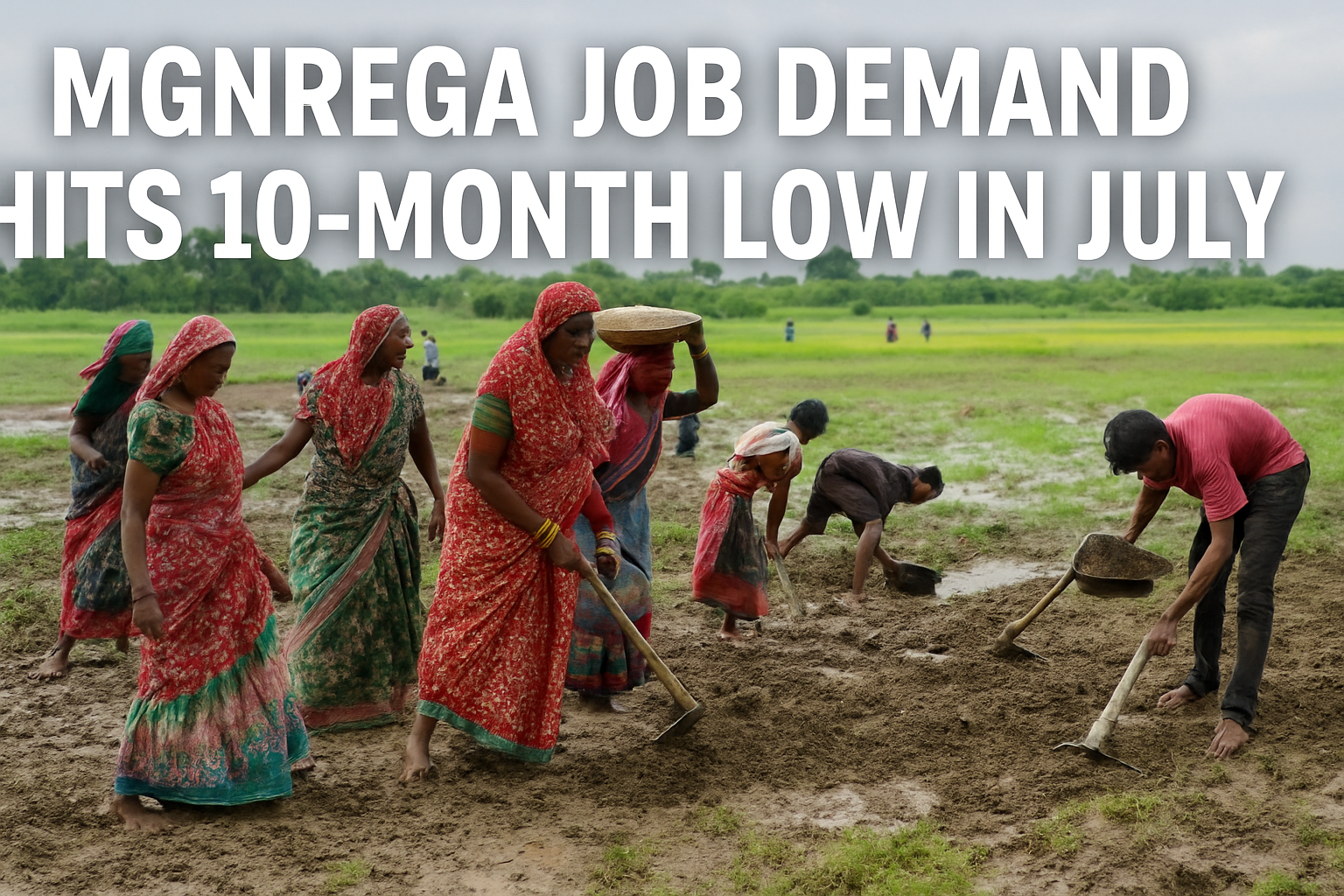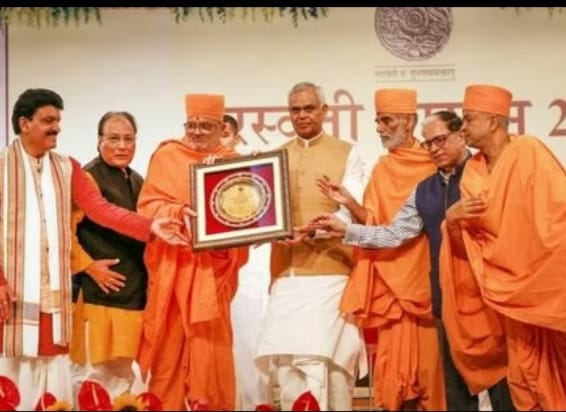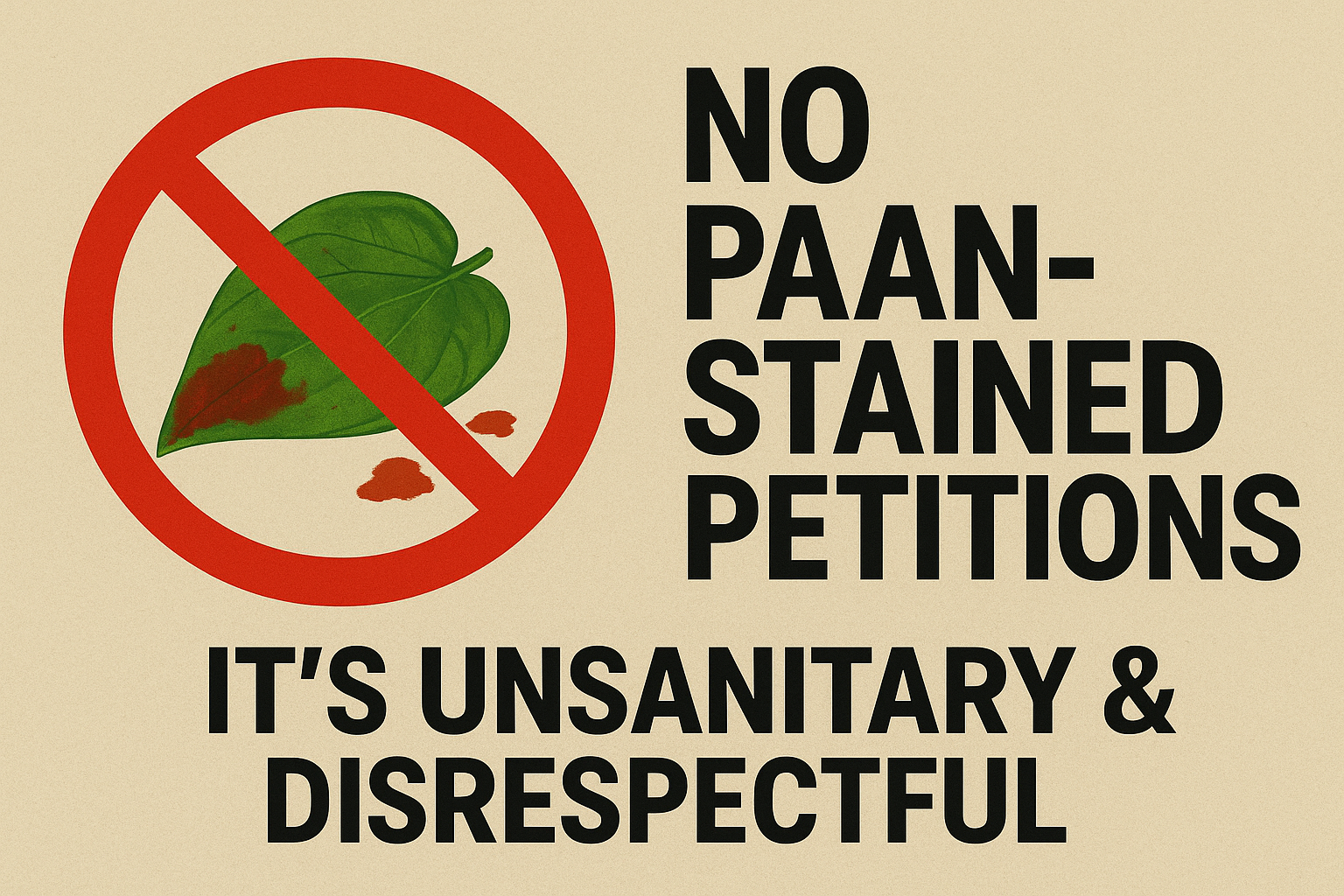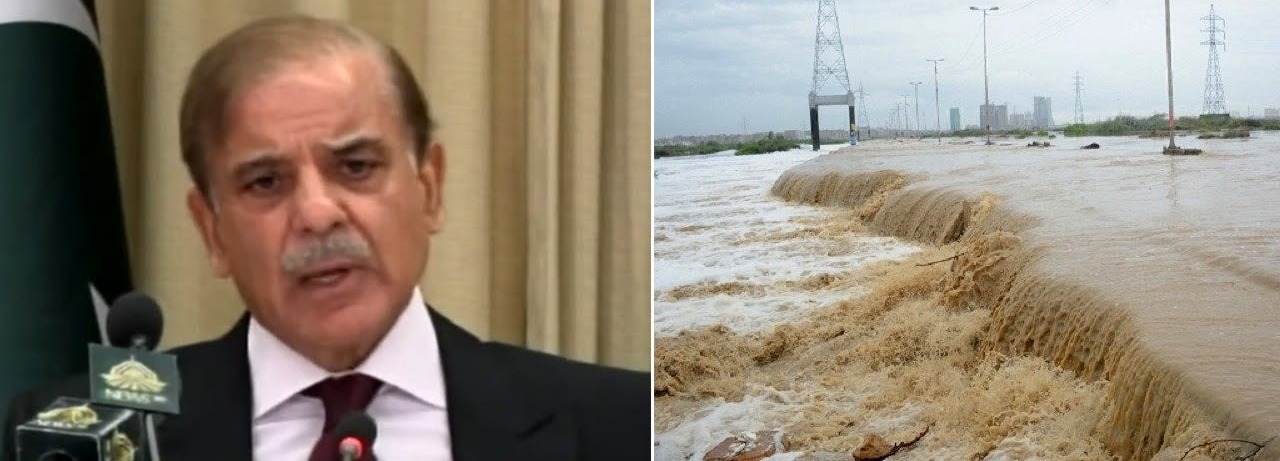
The demand for rural jobs under the Mahatma Gandhi National Rural Employment Guarantee Act (MGNREGA) dropped sharply in July 2025, reaching the lowest level in ten months. This fall coincided with the arrival of the monsoon season, which drew millions of workers back to the fields for agricultural activities. The trend indicates both the impact of seasonal changes and some signs of recovery in rural economies.
Data from the Ministry of Rural Development shows that around 16.6 million households sought employment under MGNREGA in July. This is a steep fall from 27.56 million in June, 28.38 million in May, and 20.12 million in April. Officials and experts link this drop to the start of the kharif sowing season, when agricultural work temporarily absorbs much of the rural labour force.
This pattern is common in rural areas. When sowing begins, farmers require extra hands, reducing the number of people dependent on public work schemes. Government-backed employment demand often mirrors the farm activity cycle. July’s fall also points to the seasonal nature of rural livelihoods and how closely MGNREGA trends follow farming operations.
Despite the national decline, the data reveals large regional differences. Tamil Nadu topped the list with 3.11 million households seeking MGNREGA work in July. Uttar Pradesh followed with 2.22 million, then Rajasthan with 1.4 million, Andhra Pradesh with 1.28 million, and Madhya Pradesh with 1.11 million. High numbers in these states suggest sustained employment pressure even during peak farm activity.
MGNREGA continues to serve as a safety net for vulnerable households, especially in states with weaker private sector recovery. States like Odisha, Chhattisgarh, and Kerala still depend heavily on the scheme. For families with unstable incomes, MGNREGA remains a vital source of wage support.
Between January and July 2025, Andhra Pradesh, Bihar, Uttar Pradesh, Rajasthan, and Tamil Nadu recorded the highest cumulative demand for jobs under the programme. This highlights the continuing importance of MGNREGA in India’s rural heartlands. For many regions, it is not just an employment scheme but a lifeline during periods of low farm activity or economic slowdown.
The India Meteorological Department has predicted an above-normal southwest monsoon for this fiscal year, with rainfall expected to reach 106 percent of the long-period average. A good monsoon can boost farm output and reduce the need for rural households to depend on public works for income.
While July’s figures may be explained by farm-related employment, experts caution against ignoring the overall demand patterns. MGNREGA demand trends often reflect the health of the rural economy. A fall in numbers can be positive if it means people are finding better-paying private or farm jobs. However, it can also mask distress migration or underemployment in agriculture.
Excluding West Bengal, the number of individuals seeking MGNREGA work fell to 20.2 million in July from 35.4 million in June and 37.9 million in May. May had marked a 23-month high. For the first four months of FY26, overall work demand declined by 3.1 percent year-on-year.
Economists point out that MGNREGA demand must be analysed along with broader economic indicators. Rural incomes, market access, crop prices, and private sector hiring all affect whether people choose farm work, migrate to cities, or register for public employment. Climatic variability adds another layer of uncertainty. Droughts, floods, and erratic rainfall can suddenly increase the need for MGNREGA jobs.
In the current year, the fall in July can be linked directly to the kharif sowing period. Agricultural work offers daily wages in cash and food security through farm produce. Many rural workers choose this over MGNREGA jobs during planting season. Once sowing ends and farm work reduces, demand for public works usually rises again.
Still, the reliance on MGNREGA in states like Tamil Nadu, Uttar Pradesh, and Madhya Pradesh shows that many rural families cannot rely solely on farming. Small landholdings, low productivity, and the absence of alternative jobs mean that wage labour under the scheme remains essential for survival.
MGNREGA has been one of the largest public employment programmes in the world. It guarantees 100 days of paid work each year to rural households. The type of work includes building rural infrastructure, water conservation projects, and land development. While it is designed as a demand-driven scheme, seasonal and regional variations are a constant feature.
The July 2025 numbers reflect both hope and caution. On one hand, the shift to farm work can signal improved agricultural prospects due to a good monsoon forecast. On the other hand, the sharp fall also underlines how quickly rural workers move between sources of income depending on the season.
In the months ahead, analysts will watch whether MGNREGA demand rises again after the kharif season ends. A healthy farm harvest could keep demand lower, while poor crop performance could drive more people back to public works. The scheme’s role as an economic shock absorber will remain critical, especially in vulnerable regions.
The rural economy is closely tied to the rhythm of the monsoon. As the rains progress and fields turn green, public works see a natural slowdown. But the real measure of rural resilience will be seen after the harvest, when the seasonal farm jobs dry up and households again look to MGNREGA for income security.
This July’s figures are a reminder that while agriculture remains the backbone of rural India, the safety net of public employment is equally important for stability. Policymakers will need to track both trends carefully to ensure that rural livelihoods remain secure throughout the year.



.jpeg)


.jpeg)




.jpeg)

.jpeg)


.jpeg)


.jpeg)

.jpeg)